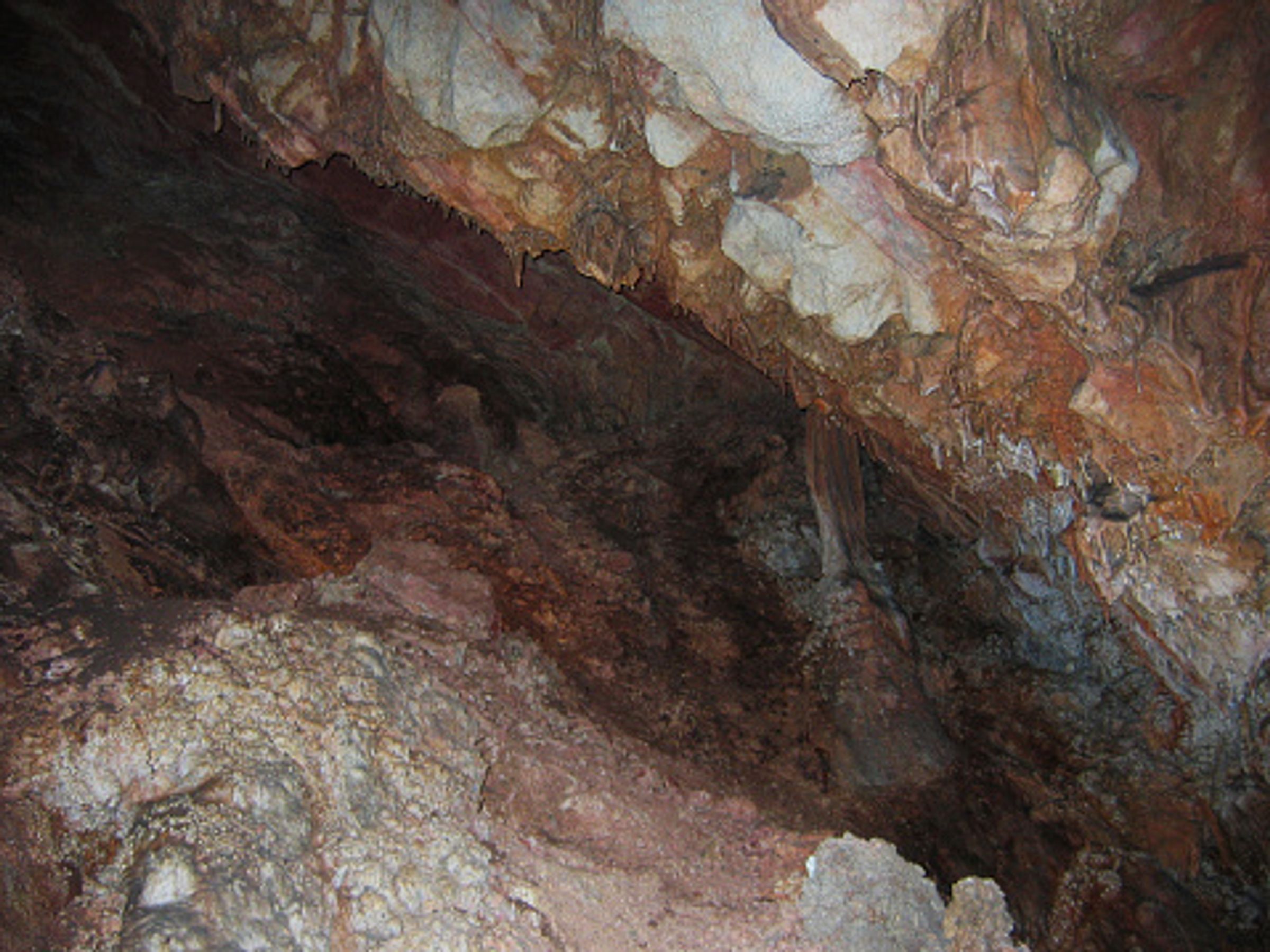
Kilkis Cave
Kilkis Cave
Cave therapy in a paleontological experience
The cave is located on the hill of Agios Georgios, in the same place where there used to be a limestone quarry. It was accidentally discovered in 1925, by a worker who dug and found one of the two natural entrances of the cave. Its first mapping was done in 1960, by the former President of the Hellenic Speleological Society Anna Petrocheilou, while the exploitation works began in 1977 and lasted until 1982. The cave was opened to the public in 1985.
The length of its corridors is about 300 meters and its area, together with the 2nd floor, exceeds 1000 sq.m. Its temperature remains constant at 15-17 degrees Celsius all year round and its humidity is 95%. It presents an original formation for the Greek caves, due to the system of branches (slits) that have been opened vertically in parallel and vertical directions. Thus, high ceilings and labyrinthine narrow corridors are presented. The special thing about the cave is that it has two floors and in its six chambers there are coral formations (rare for caves). The colors in its chambers are due to iron and aluminum oxides as well as manganese and magnesium.
The Cave is also of great paleontological interest, as the speleologist and tour guide Vassilis Makridis found more than 300 samples of animal bone fossils in very good condition. Their age was determined at 15,000 years. These are the bones of a spotted hyena, a fox, a large weasel, a wild ox, a small and large horse, a giant deer, and a red deer.
The greatest peculiarity, which is the reason for the spread of its fame outside Greece, is that the Cave of Agios Georgios is medically suitable as suitable for the treatment of respiratory diseases. In particular, after a relevant study, the cave of Kilkis proved to be ideal and meets all the conditions as a cave therapy center, with a beneficial effect in cases of chronic diseases of the respiratory system (asthma) and with particularly good results in children, in the treatment of skin diseases that come from an allergic form of infection and in the general rejuvenation of the human body.
The experience is complemented by an interactive table on which are placed representations of large carnivorous animals, where the visitor has the opportunity to draw information about their morphological characteristics and to touch their bronze skulls, which produce sounds.




